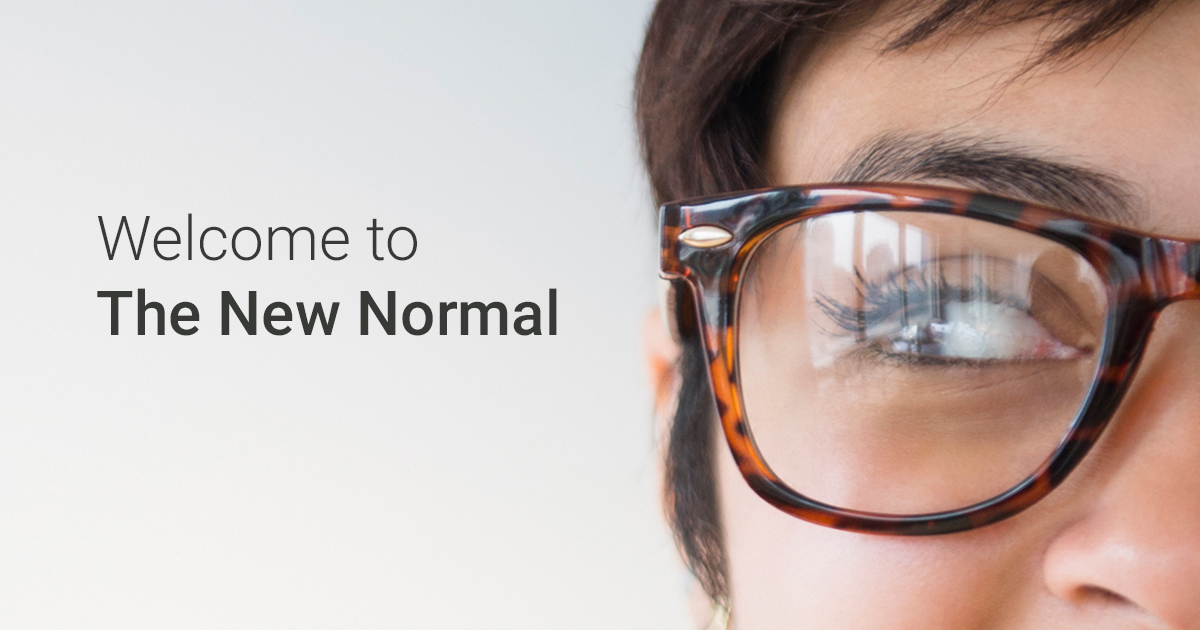After months of preparation, PDPM is finally here. SNF operators are now turning to standardized processes designed to streamline the entire care delivery process. Thanks to technology, standardization enables consistent data collection for improved insights, which results in better care for your residents.
Industry Challenges
Skilled Nursing Facilities continue to face many challenges in the wake of PDPM, including an aging population, higher patient expectations, changing businesses models and staffing challenges. SNFs are also facing challenges when it comes to costs in all aspects of their business.
The combination of an aging population and rising healthcare costs creates a major problem for the LTPAC industry. At PointClickCare we believe that technology and innovation will close the gap between rising healthcare costs and the large number of people entering SNFs. Technology can include an EHR, while innovation involves how you choose to implement that technology and the processes and systems you use. The LTPAC industry is shifting from volume to value-based care, and Skilled Nursing Facilities must adapt to this change.
Why Standardization?
Some of the major components of standardization include safety, reliability, and cost. Most industries, such as the airline and auto industry, have taken a major step towards these standards. So why has healthcare not taken a larger step forward in regard to standards? Quality improvement and standardization are imperative for overcoming the challenges that lie ahead for Skilled Nursing Facilities.
Standardization Under PDPM
PDPM is one more step that has been taken in this overall quality transformation in healthcare. Now that PDPM is implemented, it’s important to think about what happens next in terms of quality improvement for the industry. Standardization is a key phase for the PDPM journey, and focuses in on four key areas:
1. Evaluating Data Collection Processes
It’s important to ensure that you are not collecting the same information for every resident, but that you’re collecting the right information for every resident. You need to evaluate the data collection process throughout the resident’s journey, from pre-admission to the admission, to care delivery through discharge.
2. Audit Your Protocols and Workflows
Look for collision points or redundancy in your workflows and try to drive as much efficiency as possible. Your EHR vendor should also partner with you to evaluate your efficiency in the context of PDPM.
3. Review Your Technical Capabilities
It’s also important to re-evaluate technical capabilities, including what your EHR vendor can do to support you through this process. You should also consider whether there are features or attributes to these tools that you are not taking advantage of today.
4. Train Staff on New Processes
New technology and new capabilities may require a re-evaluation on how the care plan is initially constructed, and who is playing a part in that.
As you adjust to a new PDPM world, it’s critical to drive to the correct ICD-10 diagnoses as quickly as possible, not just for reimbursement but to ensure the resident receives the appropriate care. In addition to the diagnosis, it’s also important to think about thorough and consistent documentation. It’s critical to capture the right information for each resident, based on their unique profile.
To learn more about standardization under PDPM, check out our webinar in collaboration with Skilled Nursing News, “The Newest Trend in LTPAC: Standardizing Care Processes”.







